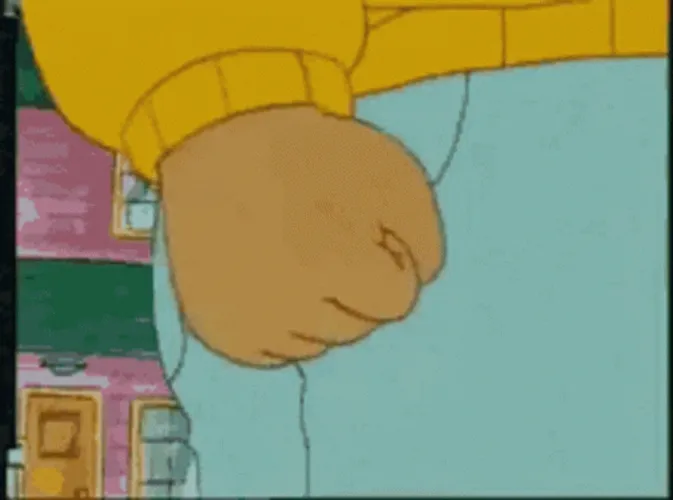
In a famous Affirmative Action case, Grutter v. Bollinger (2003), the Supreme Court upheld a racial classification under the Fourteenth Amendment.
Here’s the facts of the Grutter case. A white lady, Barbara Grutter, applied to the University of Michigan Law school and was denied admission because the school had an Affirmative Action program in place. She alleged discrimination under the Fourteenth Amendment. The case made it’s way up to the Supreme Court.
The Supreme Court had to answer the following issue: Does diversity survive strict scrutiny when universities pick applicants for admission?
The Supreme Court laid the following rule: Diversity survives strict scrutiny when universities pick law students.
The holding of the case was simple to digest. The Grutter case did not violate the Fourteenth Amendment; that is, the University of Michigan Law School’ race conscious admissions program which gave minority students special attention was constitutional.
That being said, the decision was a 5 to 4 vote. The majority opinion included: Sandra Day O’Connor, Stevens, Souter, Gingsburg, and Breyers. The dissent included: Rehnquist, Scalia, Kennedy, and Thomas. Supreme Court Sandra Day O’Connor delivered the majority opinion.
To begin, the Supreme Court applied the strict scrutiny test. They determined a racial classification was made. Now, the Court had to figure out if the Affirmative Action program was the most narrowly tailored to serve the compelling governmental interest. In the end, the Court said the program fit the means and achieved the important governmental ends and survived the strict scrutiny test.
Furthermore, the Court said the Michigan Law School’s holistic review was ok. Under the holistic review, race could be used as one of many factors in determining applicants. The Court said race was a “plus factor” in Grutter.
Interestingly, the Grutter case dealt with race in a benign sense. It accepted the rationale that the very important governmental interest of diversity is beneficial for the educational benefits that flow from it. It gives students an opportunity to learn about races in a safe environment. Further, the Court did not accept the rationale of Affirmative Action being used to fix past injustices. Race could be used for good in Grutter.
However, in Brown v. Board of Education (1954), a desegregation case, the Supreme Court said the segregation of race in education was not permitted. Segregating classrooms based on race impedes learning; therefore, it’s use was unconstitutional. Race was seen as hurtful in this context and preventing integration of races in classroom.
On the other hand, in 2017, UC Berkeley uses race to help students learn. Small groups of African Americans are allowed to study in small groups called “Mods”; that is, in this sense, a “critical mass” can be achieved, which helps students learn as research suggests.
In the final analysis, depending on which side of the fence you stand, the use of race will be seen as a good thing or a bad thing. Some people see Affirmative Action programs as bad and those programs terminated. Other people see Affirmative Action programs as helpful. Either way, Grutter said Affirmative Action was permitted under the Fourteenth Amendment.
